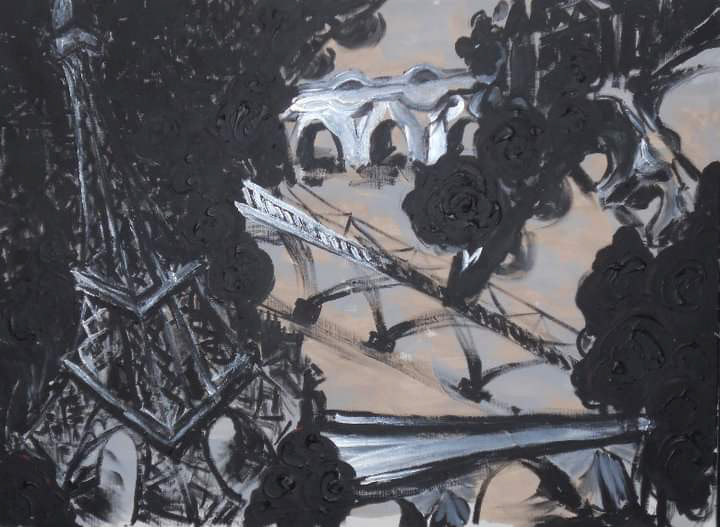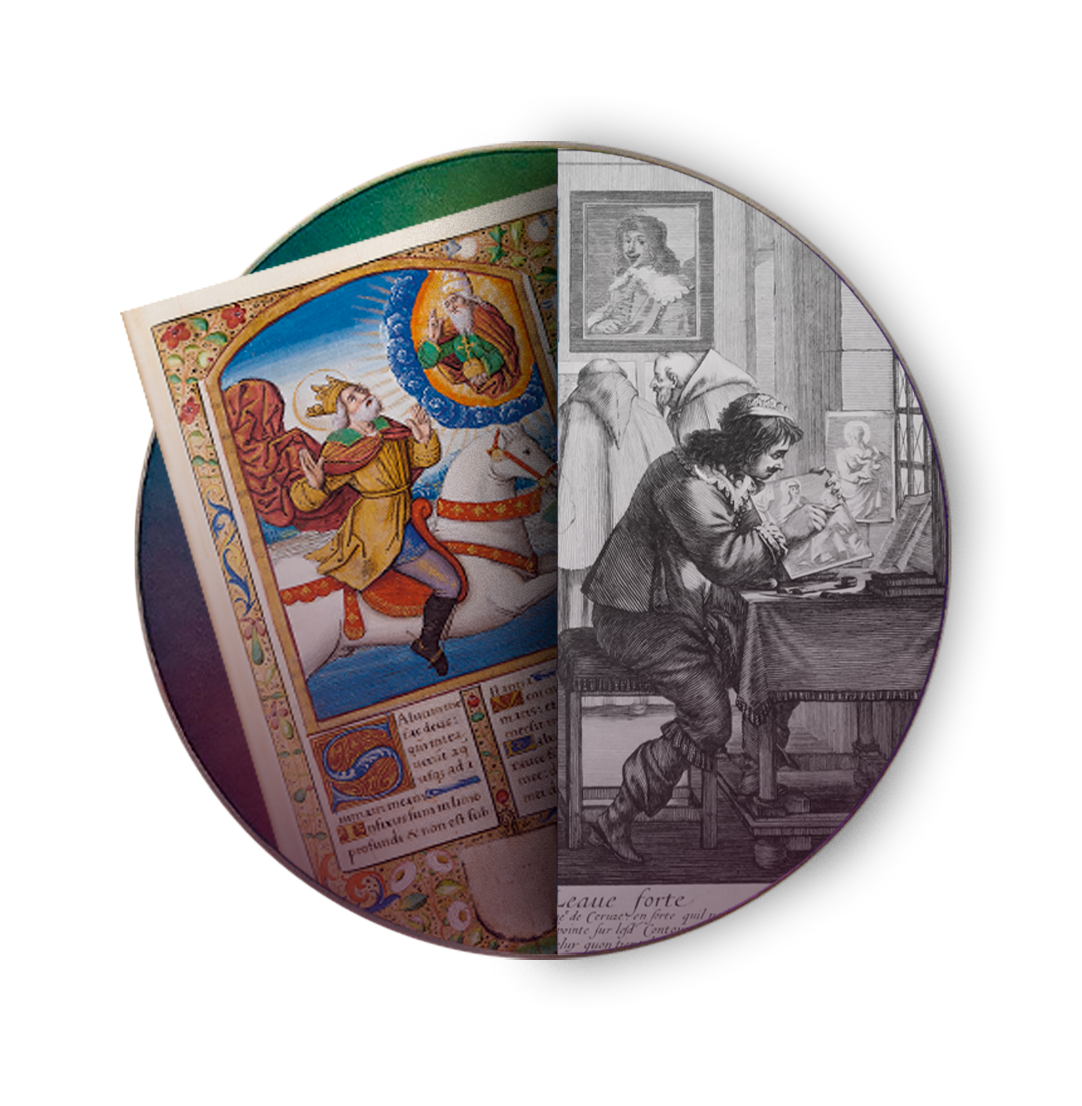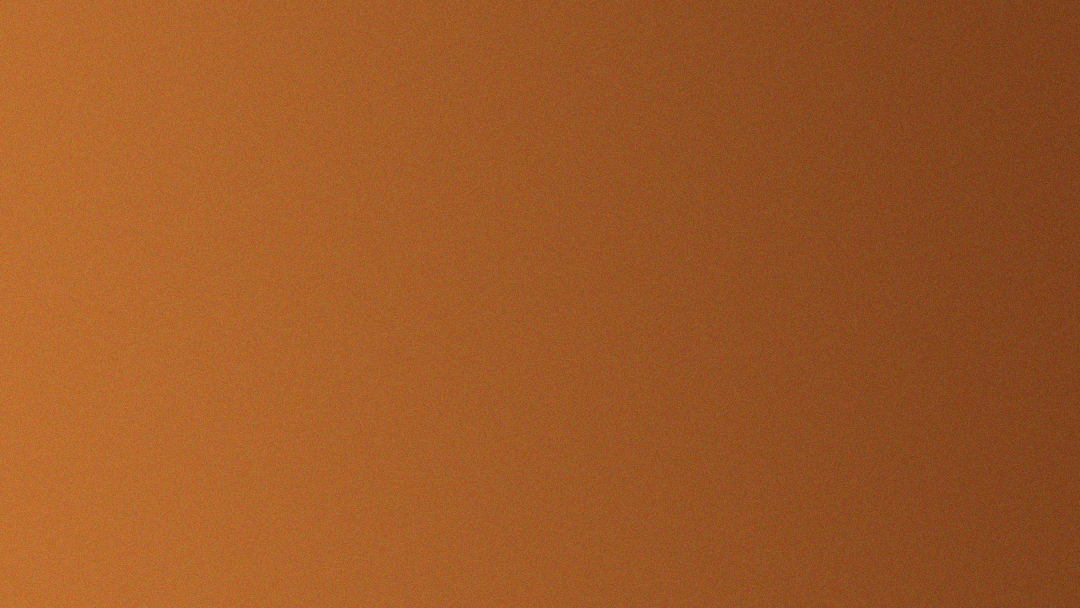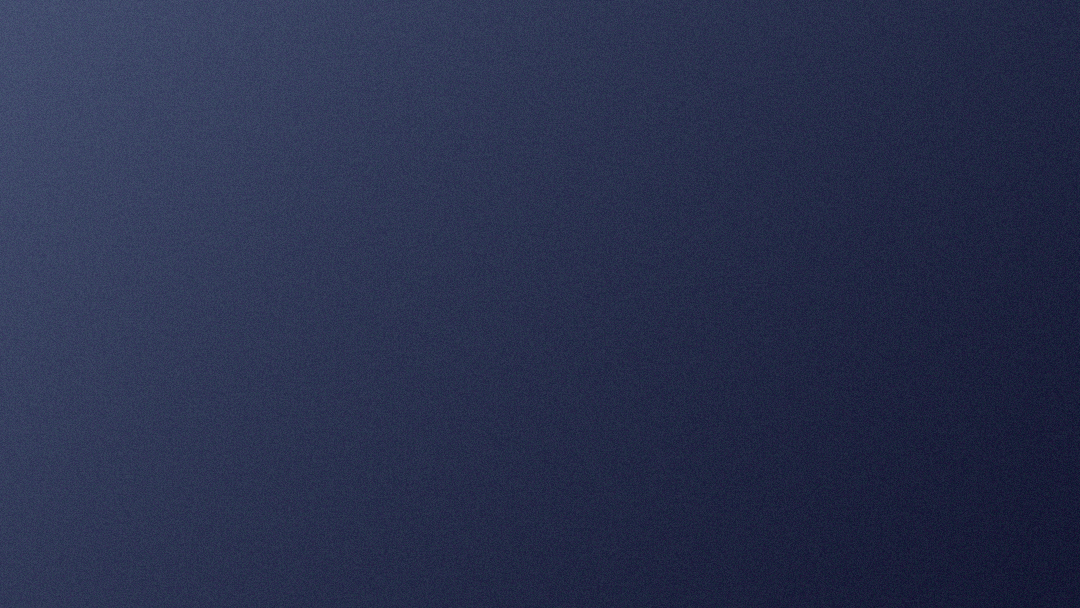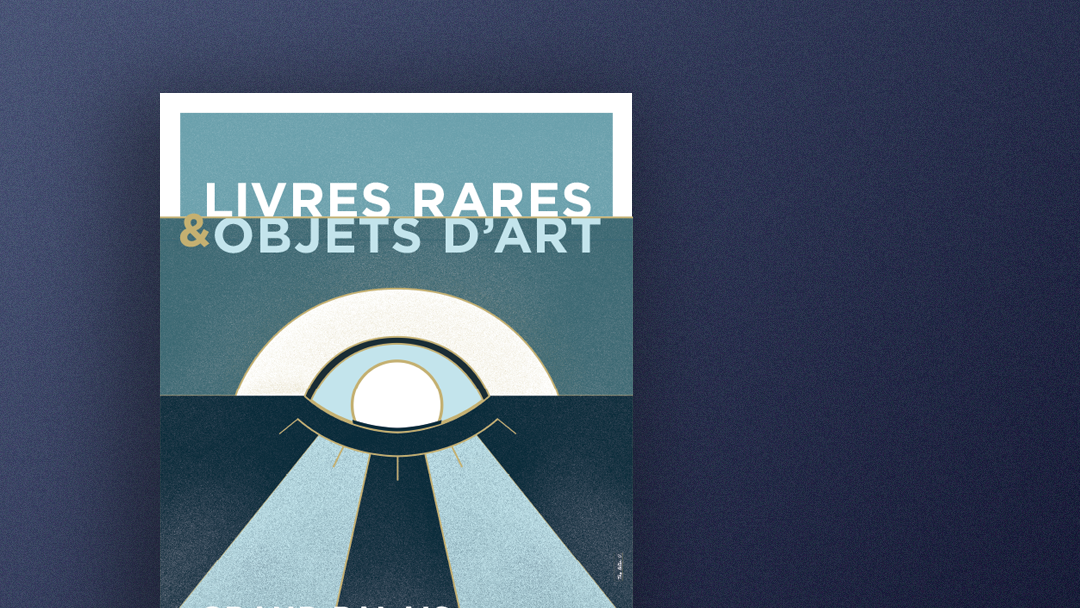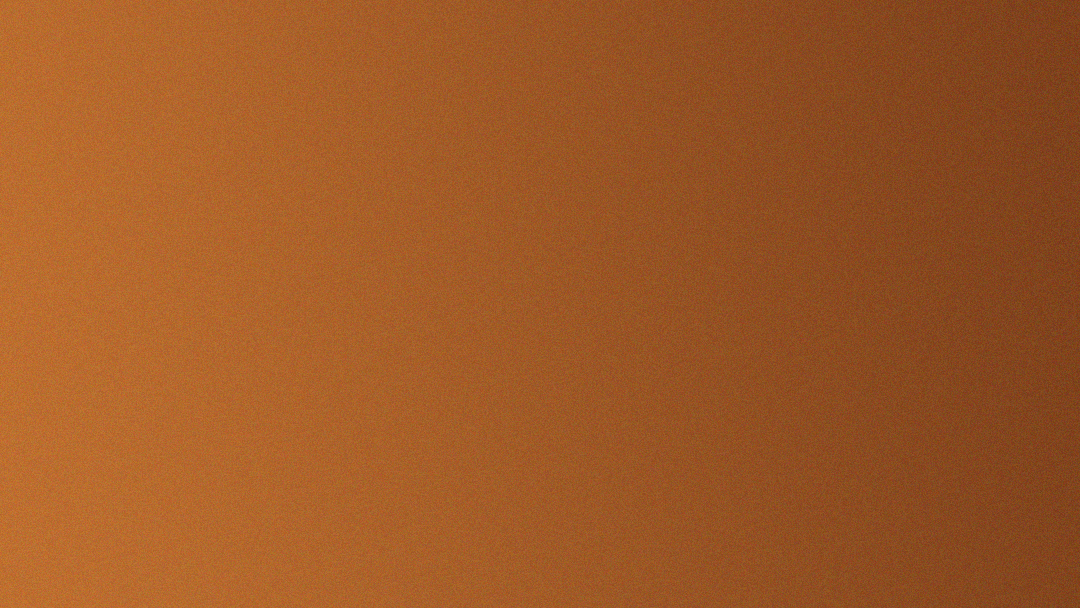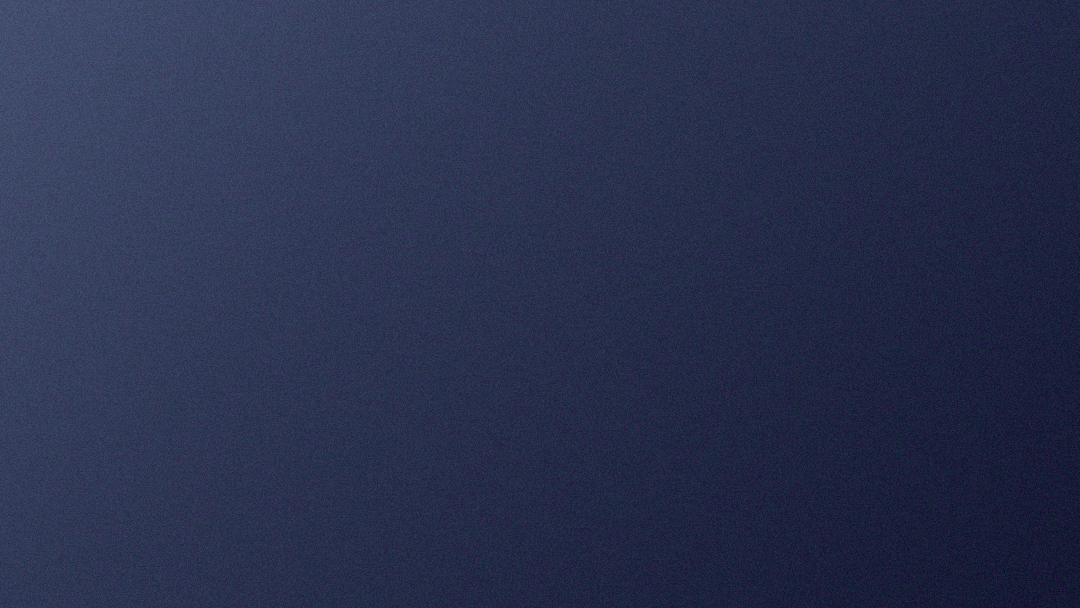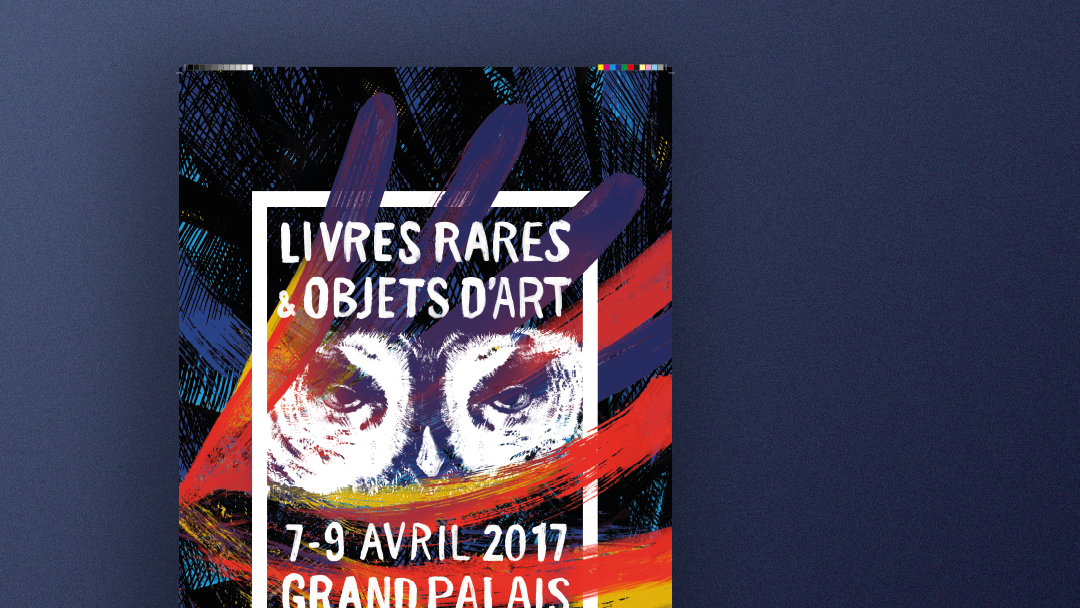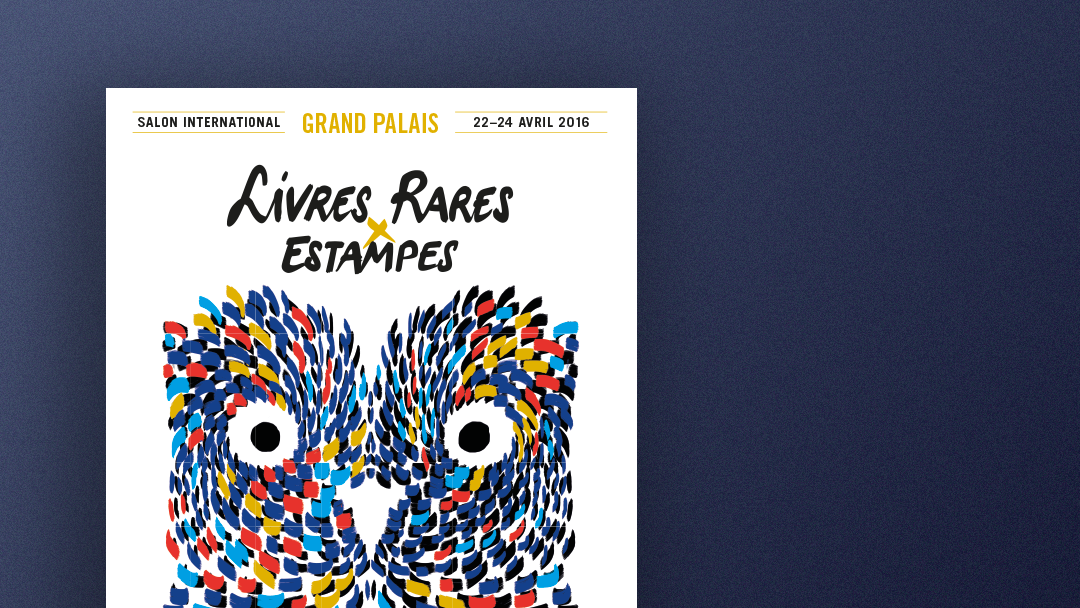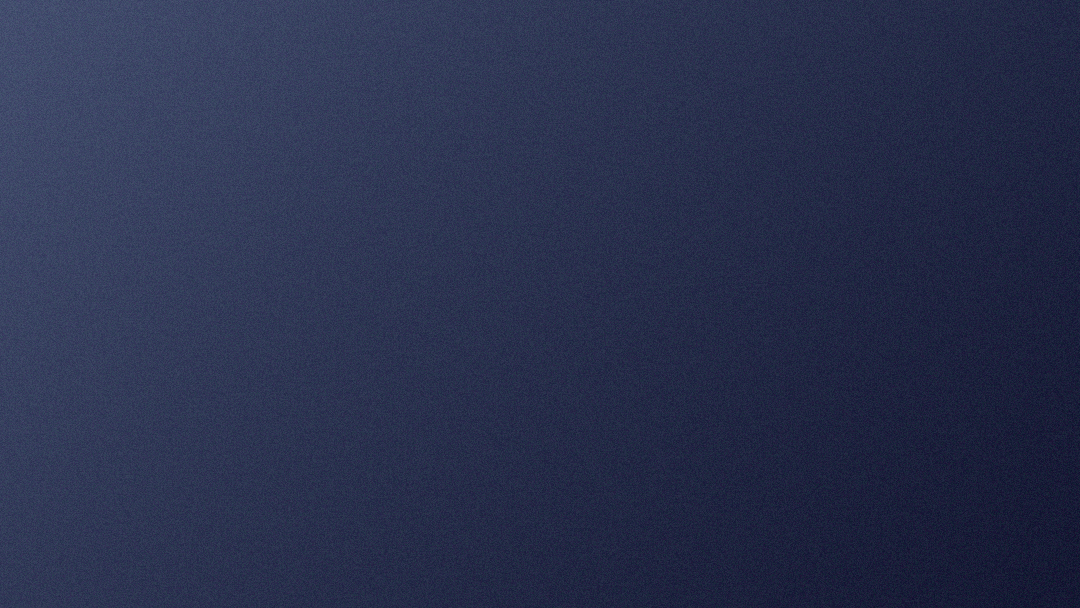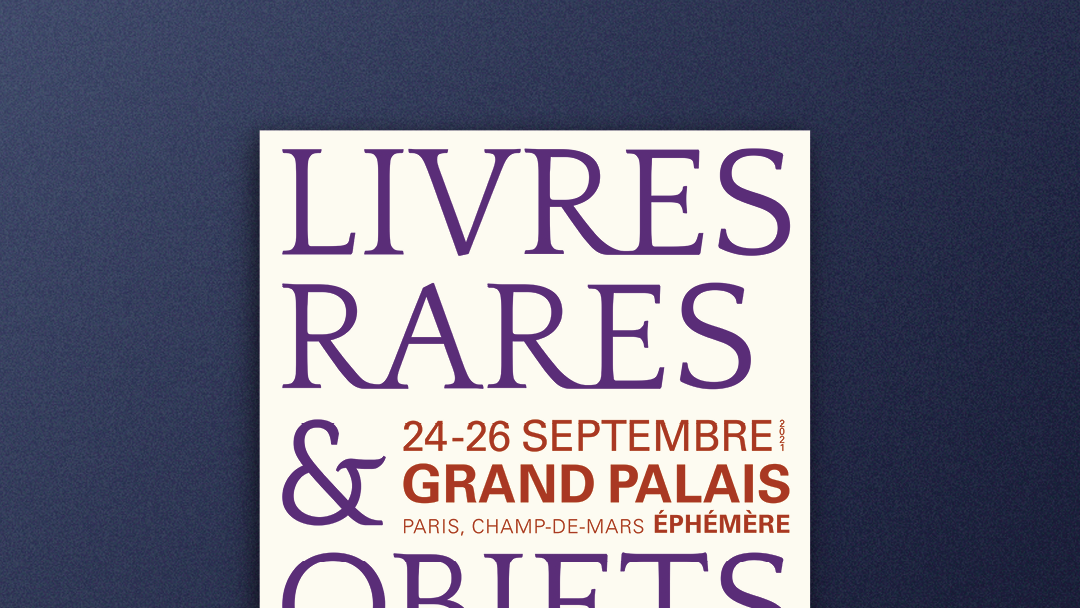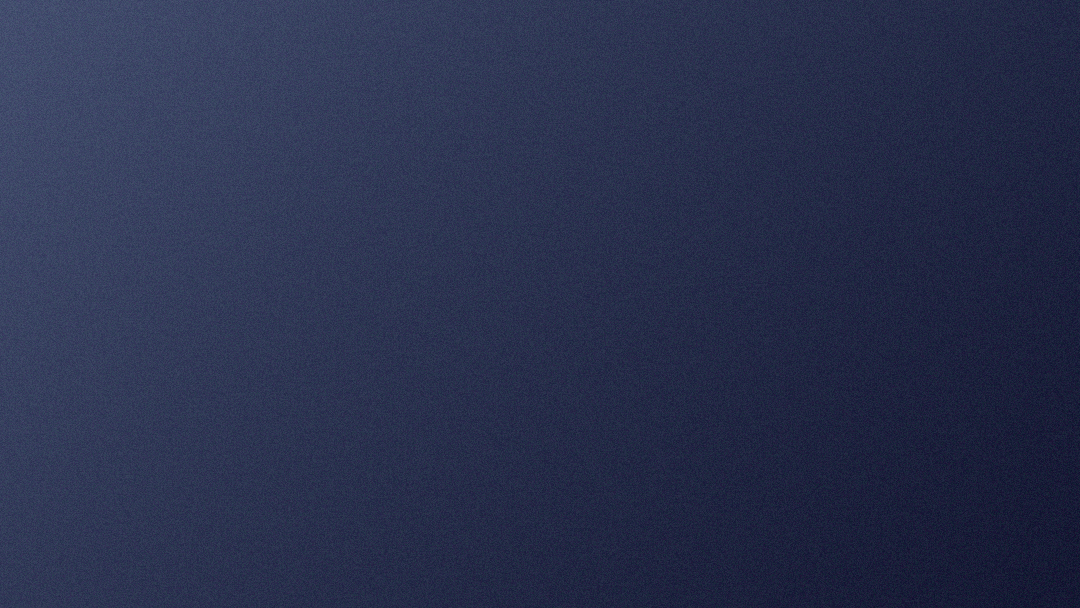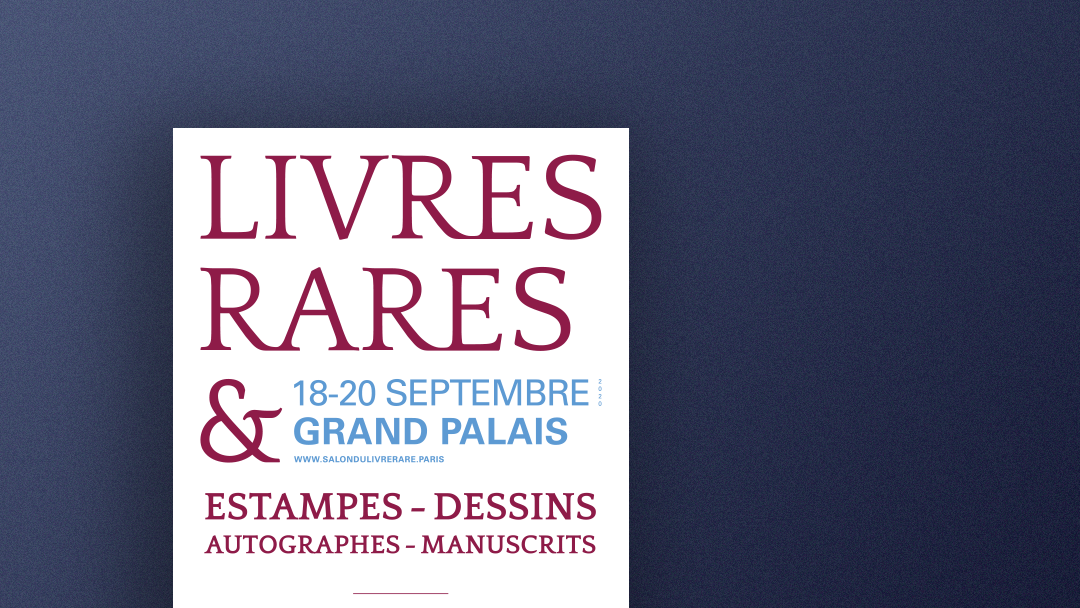Exhibition of the Jan Michalski Foundation
Salon Eiffel
the foot of the Swiss Jura, by Vera Michalski-Hoffmann in memory of her husband, in order to promote literary creation, combat the erosion of reading and give people the opportunity to read, see and hear all forms of written words, in a place open to the world. These various missions are reflected in the provision of a vast multilingual library, the awarding of an annual prize for international literature, the granting of financial support for literary projects, the hosting of writers-in-residence, as well as in the programming of cultural events and temporary exhibitions, exploring the book from a variety of angles, from the history of movements and genres to the work of artists combining words and images, via writing universes, as in the case of the exhibition Colette. Écrire, pouvoir écrire
As a novelist, mime artist, actress, journalist, screenwriter, advertising executive and occasional beauty product merchant, Colette (Saint-Sauveur-en-Puisaye, 1873 - Paris, 1954) defies classification. Born in a family with no means, she entered the world of literature unintentionally, and made change a rule of life, almost a moral. Her unconditional freedom, her innovative approach to writing, imposing new themes, making women subjects in their own right, reconciling literature with nature, have inspired generations of readers and made her a contemporary icon.
But how does one become Colette ? To ask this question is to return to the source of a vocation that refused to speak its name, to recall the family, social and personal obstacles that had to be overcome, and all the conquests that Colette was able to make, as a pioneer, in half a century of creation. For Colette, writing was the place and instrument of her emancipation.
From the Claudine series to Le Fanal bleu, Colette reenchanted literature by inventing a "new alphabet", by imagining heroines who faced solitude, exclusion, differences or age, with equal courage, by questioning the stereotypes imposed by the society of her time, by exploring reality in its most banal dimensions, exposing and bringing to light what the human eye had not touched before her.
To mark the 150th anniversary of Colette's birth, the Jan Michalski Foundation presents an exhibition of nearly 250 documents - first editions, photographs, letters, manuscripts, objects - rarely or never shown to the public. Now on show at the Grand Palais Ephemere in Paris, after having been presented in Switzerland, this original journey bears witness to the thousand eclosions of a writer at work, imposing, with the force of her pen, a name that has become an emblem.
Guest curator : Frédéric Maget
Jan Michalski Foundation for Writing and Literature
www.fondation-janmichalski.com

Vue de la Fondation Jan Michalski, Suisse © Leo Fabrizio
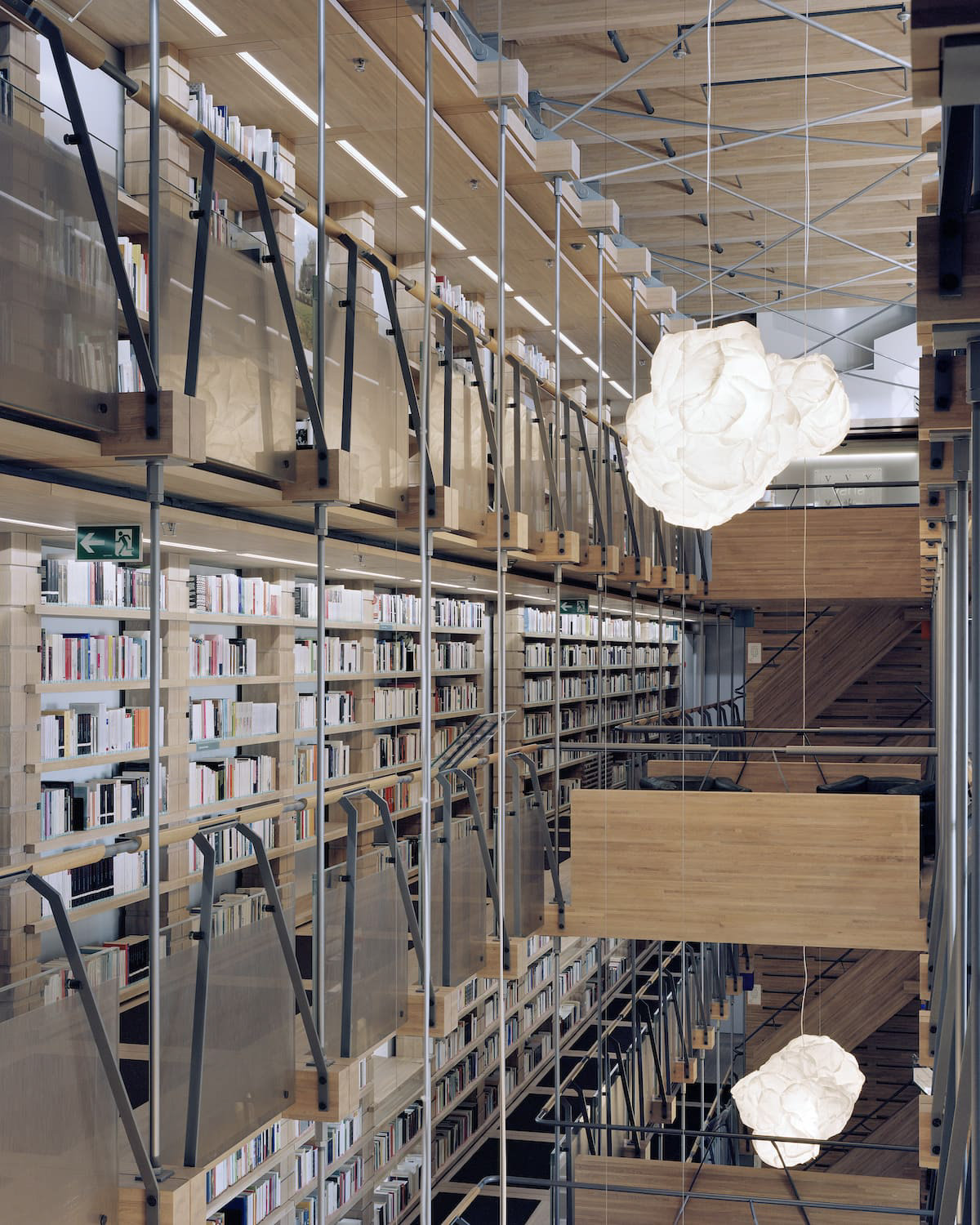
Bibliothèque de la Fondation Jan Michalski, Suisse © Tonatiuh Ambrosetti

Exposition Colette, série des « Claudine », signée Willy, et publicités, 1900-1903 © Leo Fabrizio
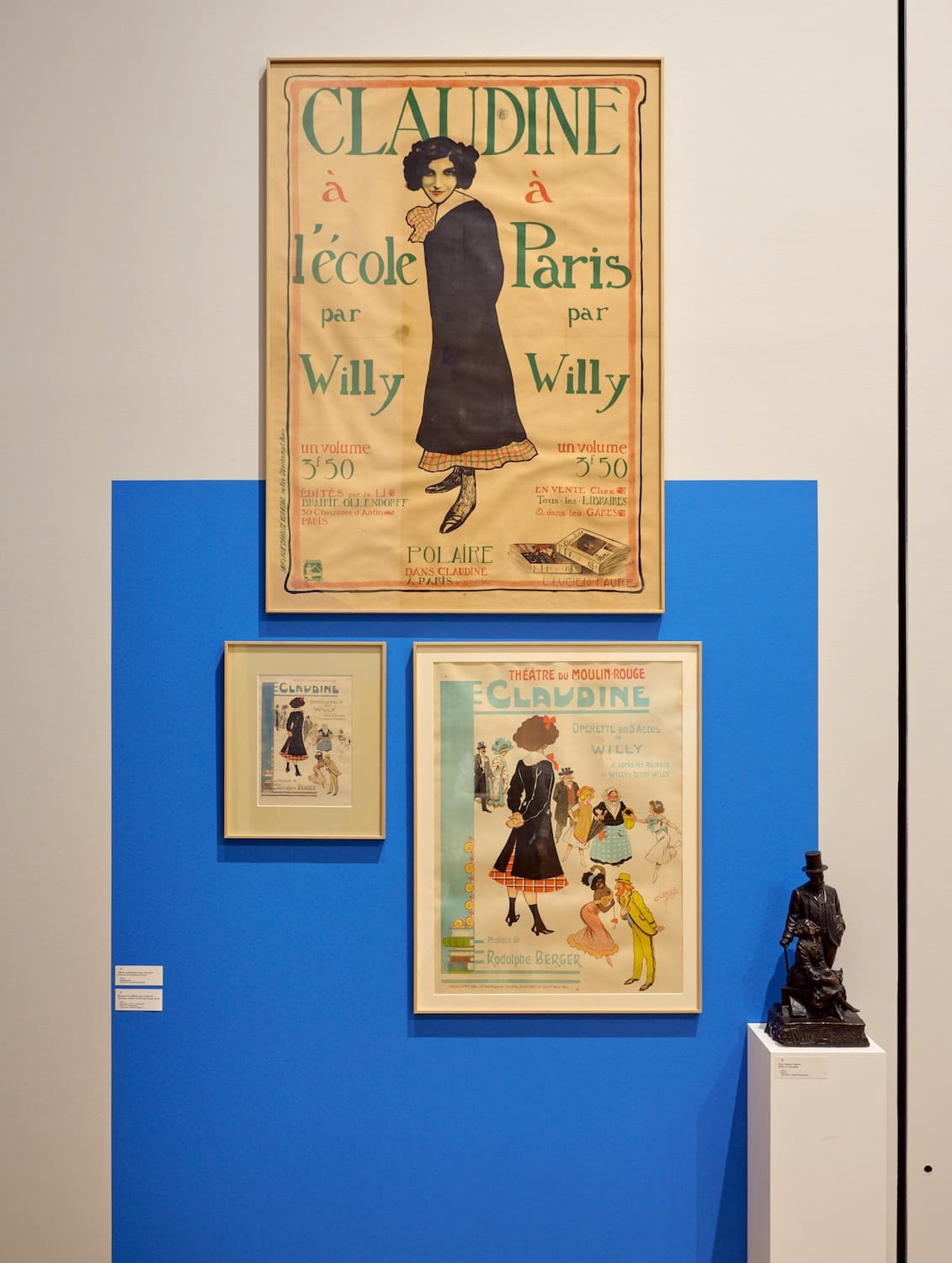
Exposition Colette, affiches des adaptations des « Claudine » sur scène, 1910 © Leo Fabrizio
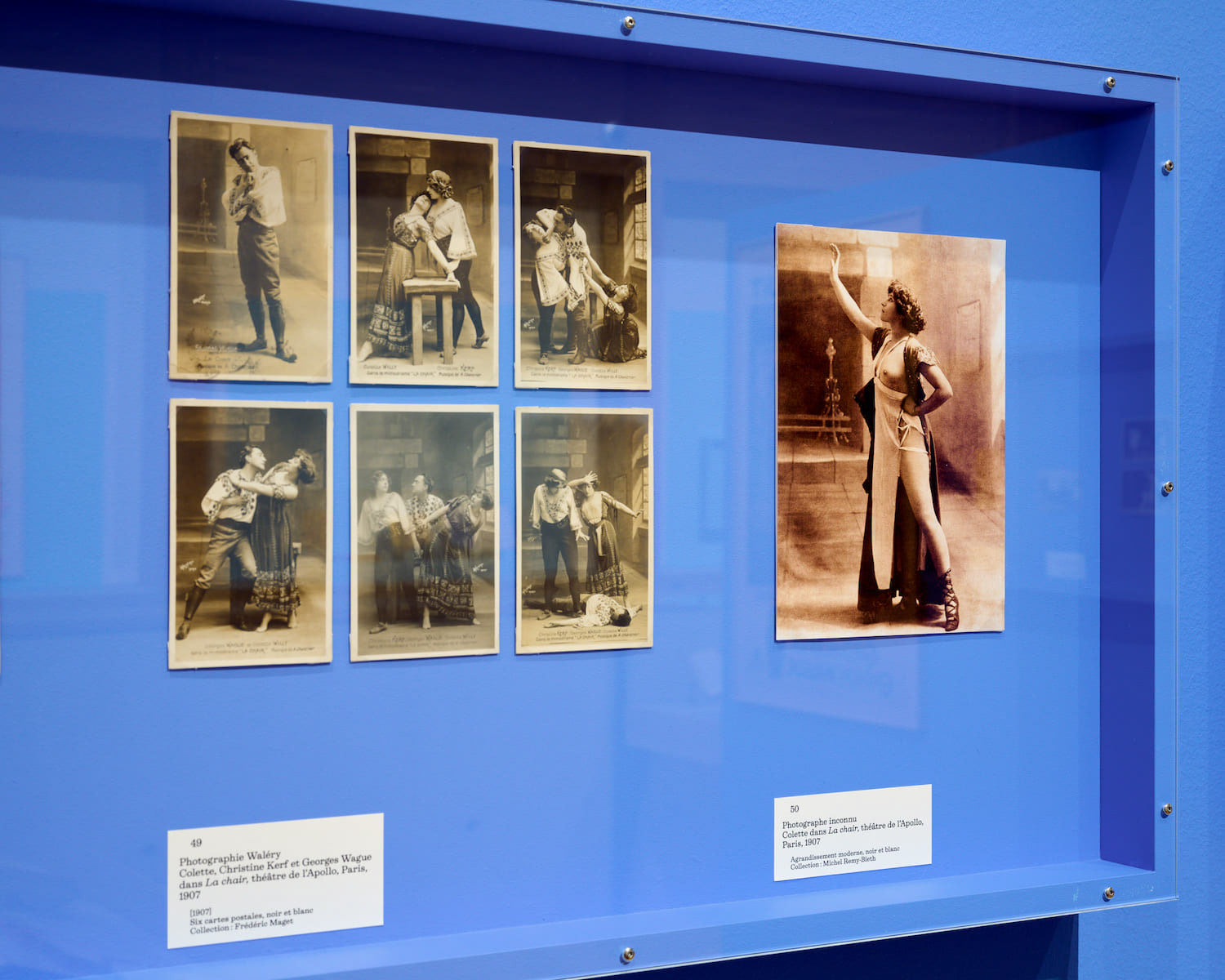
Exposition Colette, Colette dans « La chair » au théâtre de L’Apollo, Paris, 1907 © Leo Fabrizio
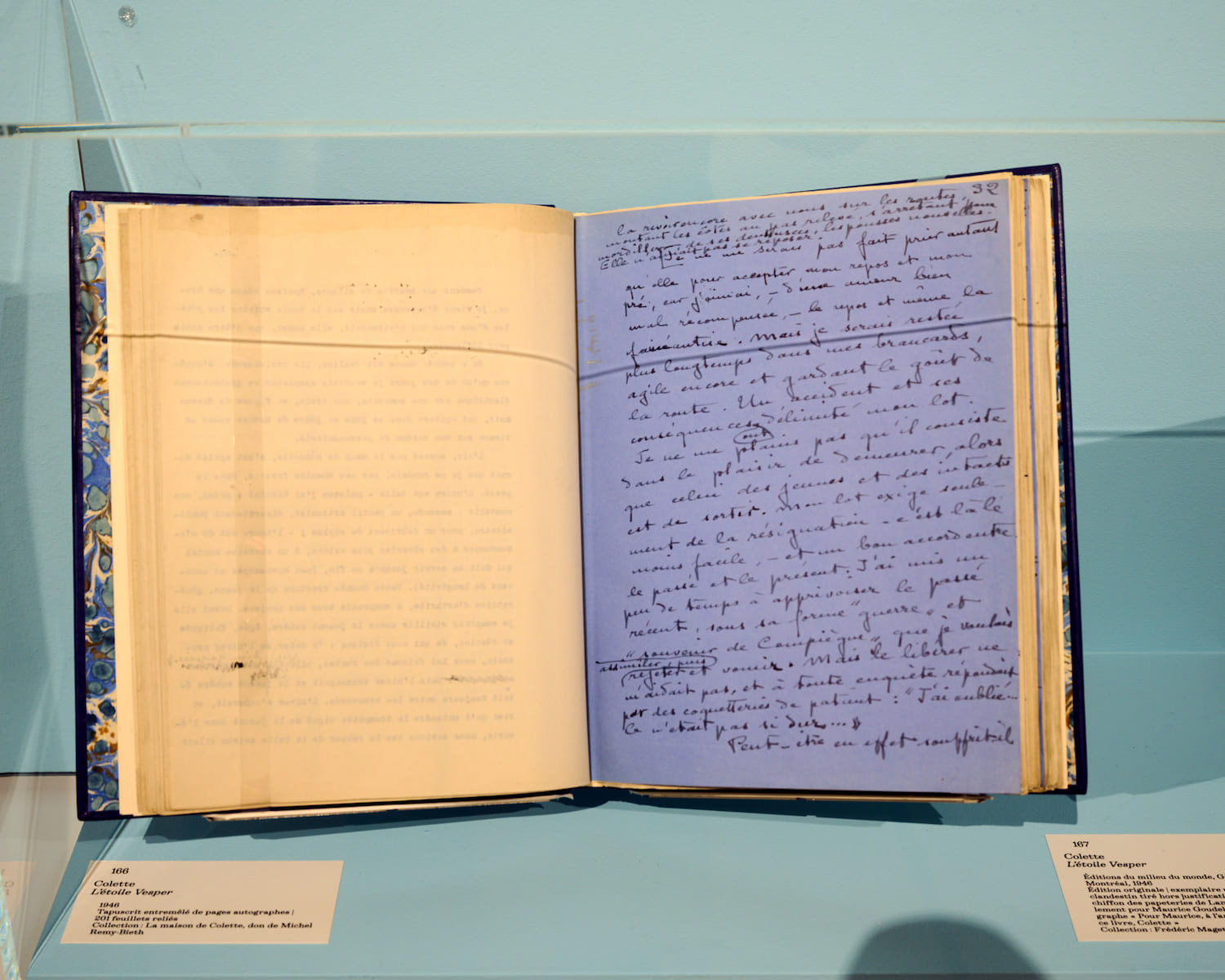
Exposition Colette, tapuscrit de « L’étoile Vesper » entremêlé de pages autographes © Leo Fabrizio
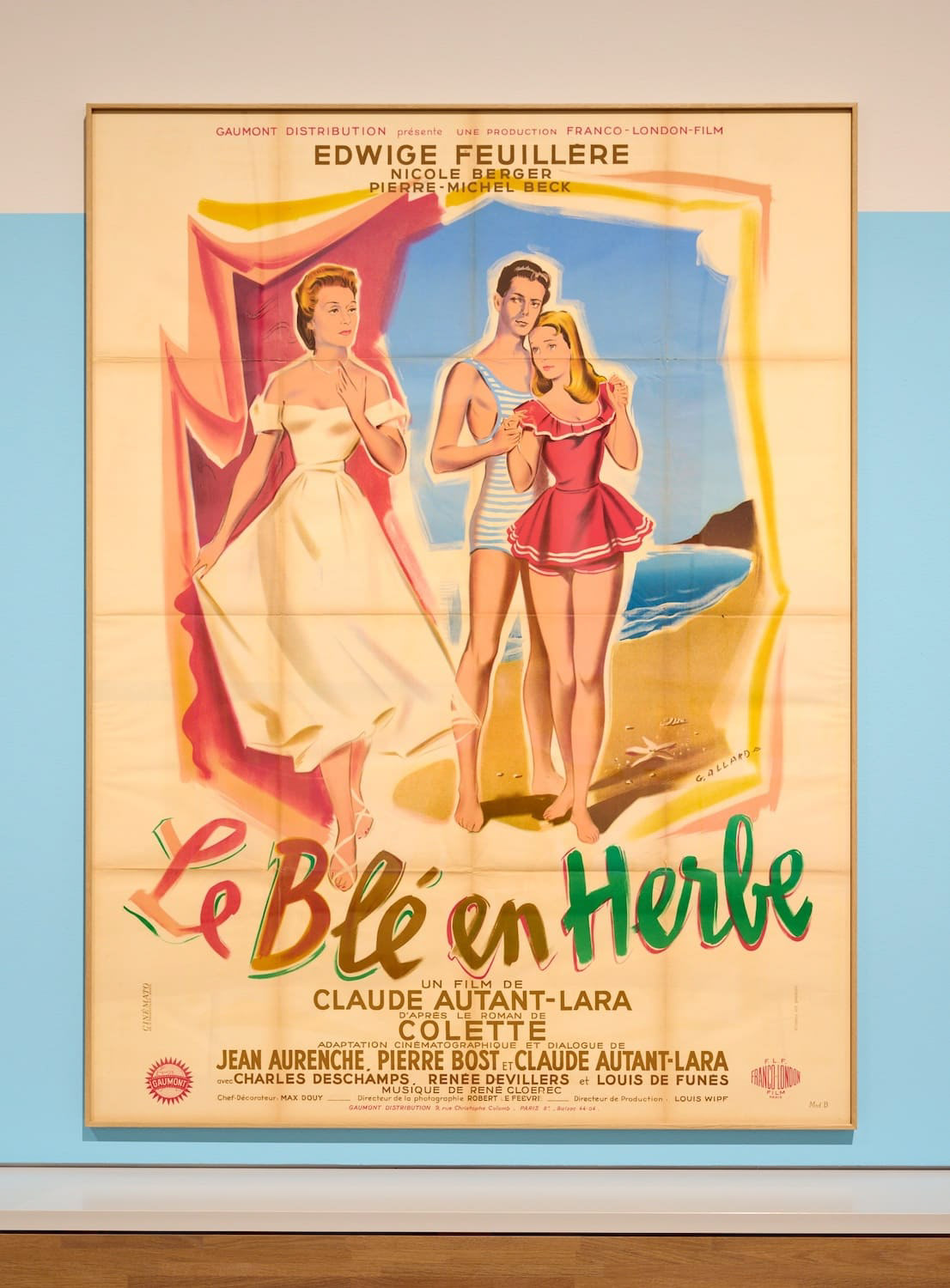
Exposition Colette, affiche du film « Le blé en herbe », adaptation du roman éponyme par Claude Autant-Lara, 1954 © Leo Fabrizio
WORKSHOP IMMERSION IN THE HEART OF THE EXHIBITION
Training courses for amateurs, future professionals and established professionals

Reliures
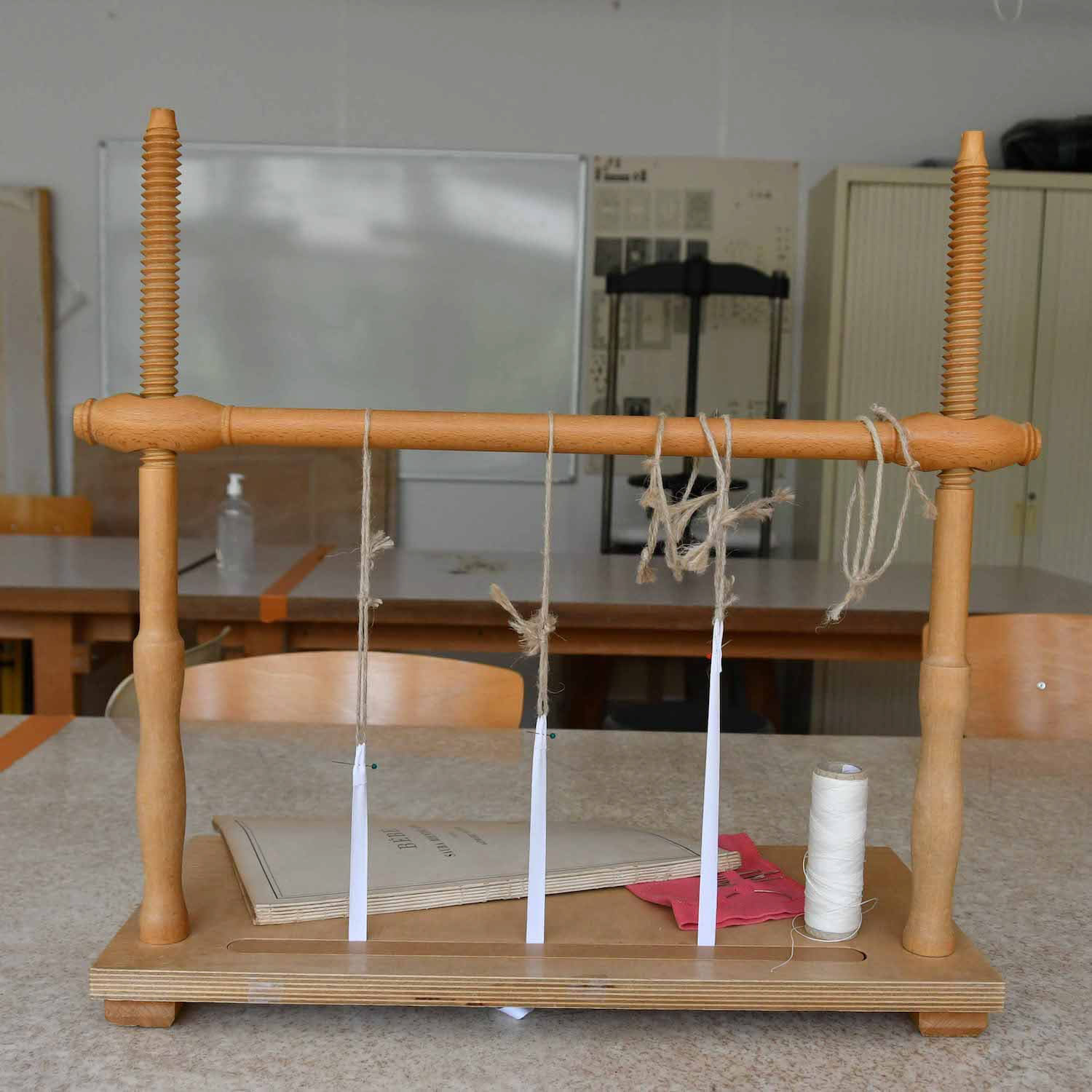
Restauration couture
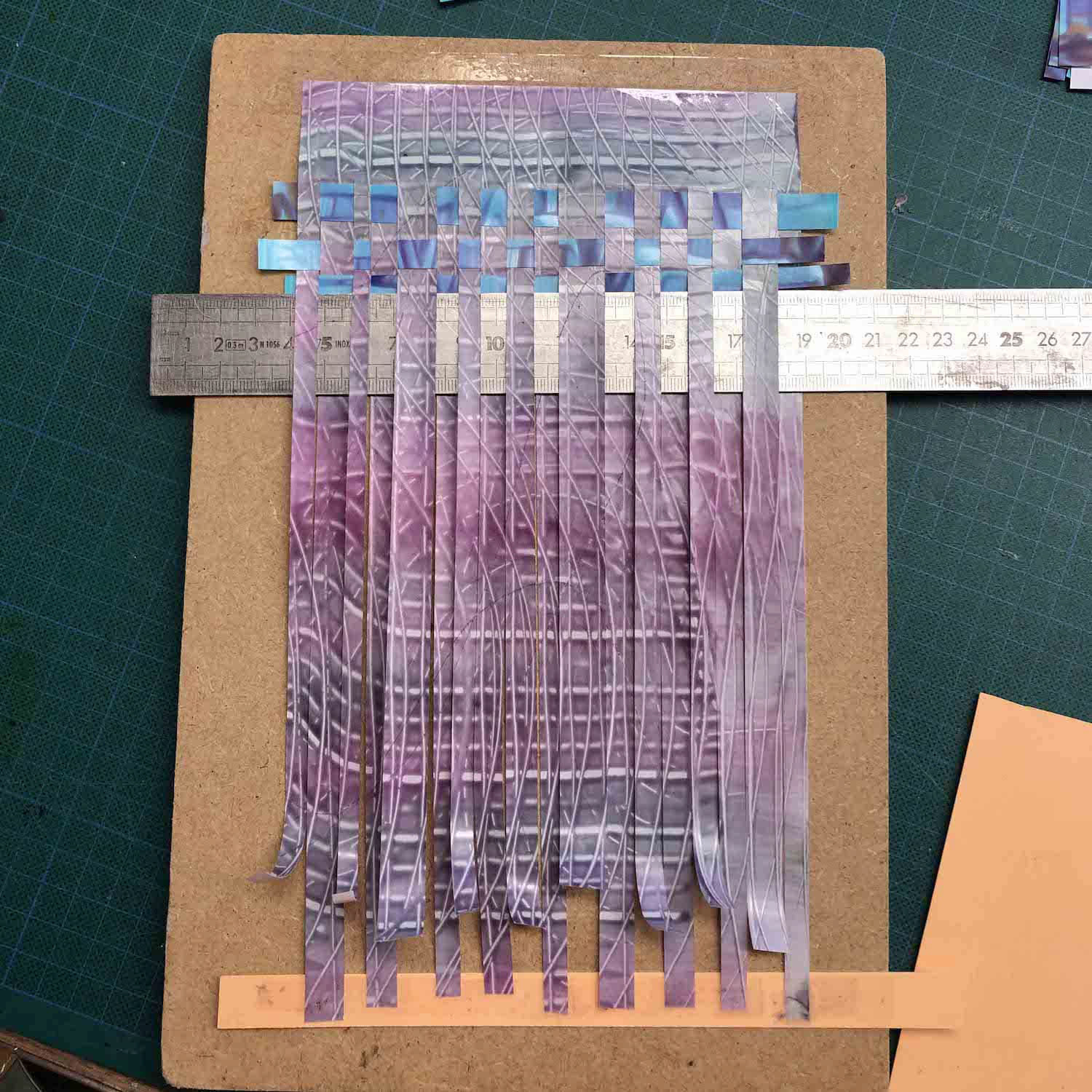
Ttissage papier
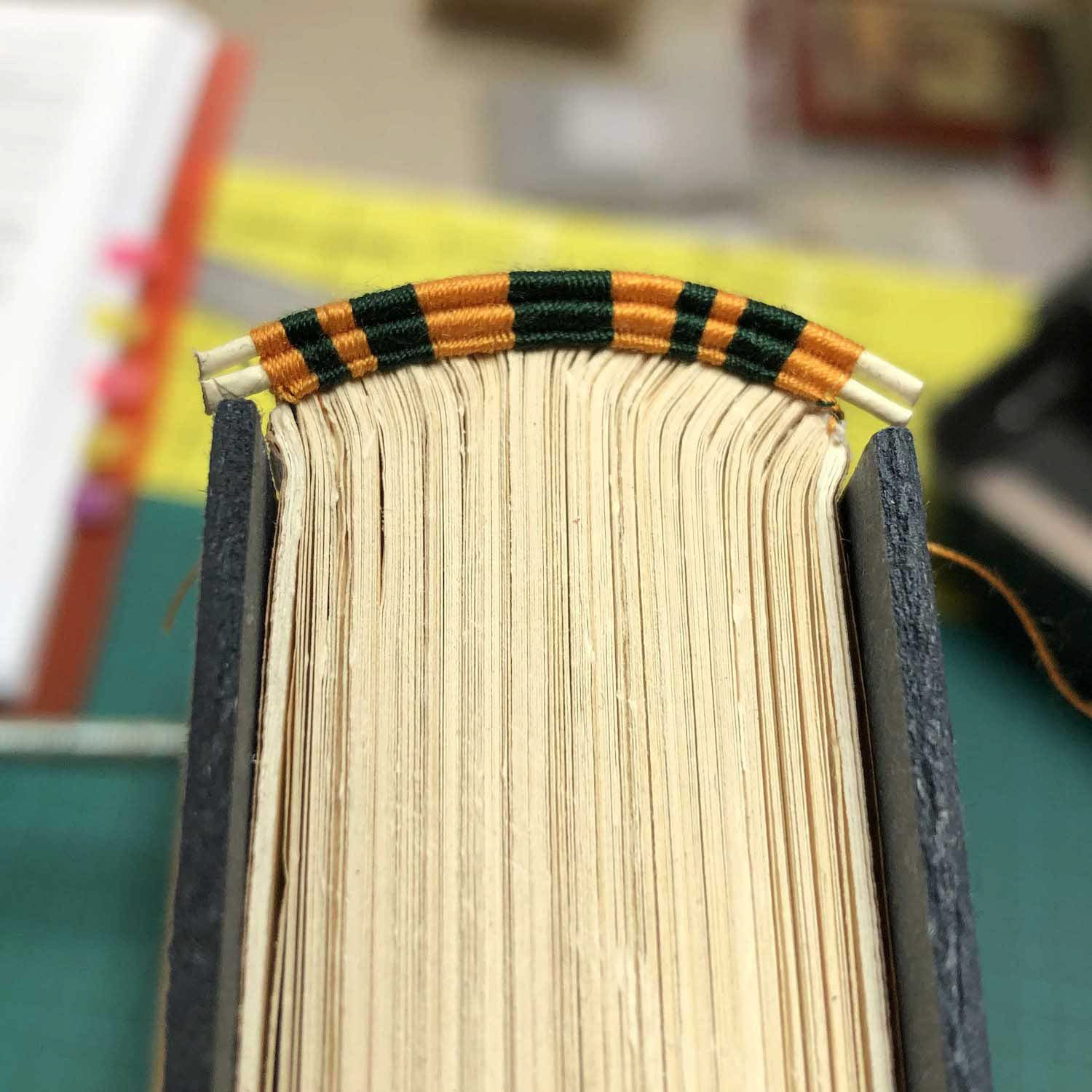
Tranchefile
THE DANCE OF THE HAND ON THE BOARD
By Philippe Nassif
Works inspired by books
Selected works
Letters and dedications
Books
Documentary films

Albert Palma, Untitled, 110*75cm, Ink on paper, 2015

Albert Palma, Untitled, 110*75cm, Pen and ink on paper, 2013
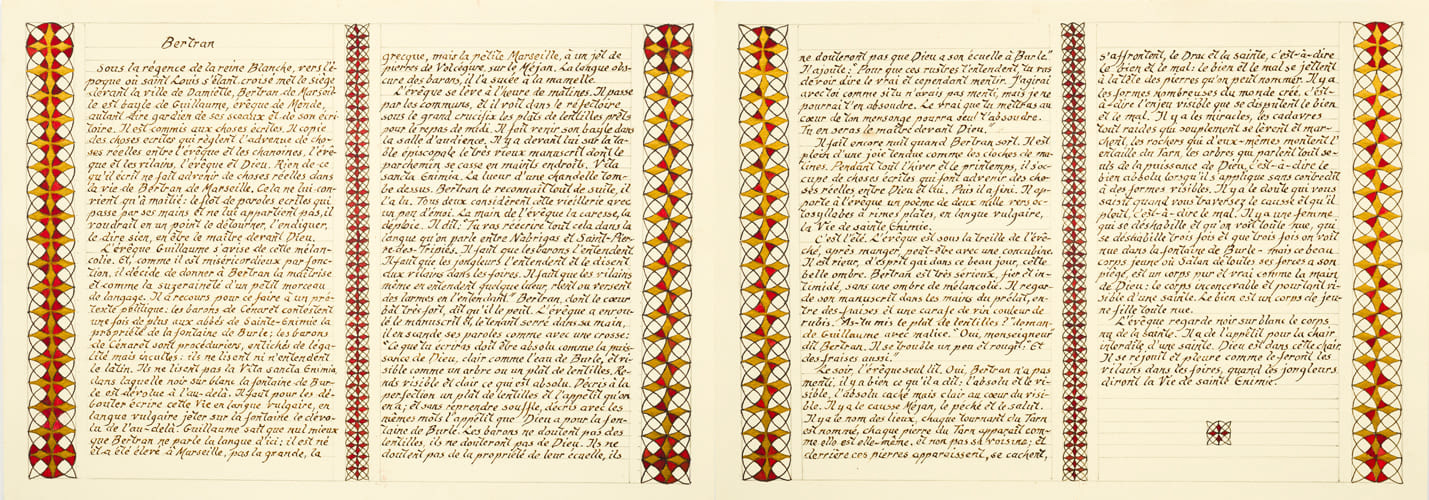
Bertran (Mythologies d'Hiver), Inks and gouache on paper, 21*59,4 cm, 2019. Inspired by Mythologies d'hiver, Pierre Michon, Verdier 1999
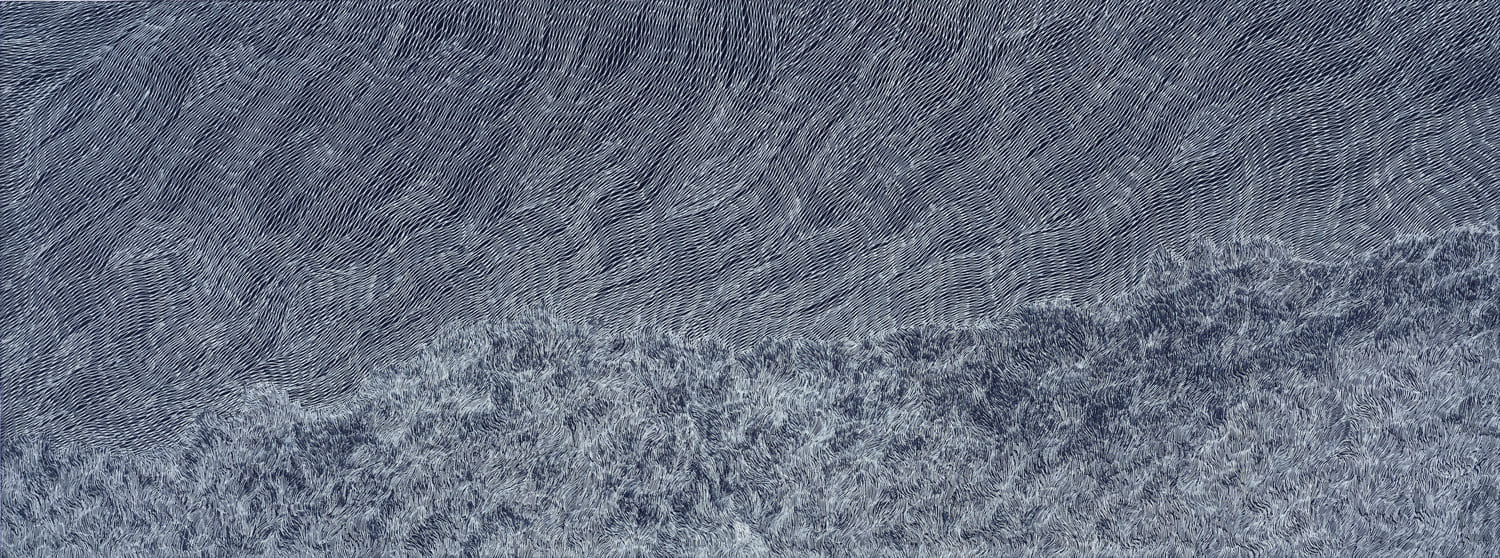
La Foudre bleue, Fine point on Canson paper, 41*110 cm, 2019. Work inspired by Abbés, Pierre Michon, Verdier 2002

Labyrinthe, ink and gouache on graph paper, 60*45 cm, 2003. Work inspired by Oedipe sur la route, Henry Bauchau, Babel 1992

Les Flammes Noires, ink on cardboard mounted on aluminum plate, 147*101 cm, 2010. Inspired by Les ombres errantes, Pascal Quignard, Grasset 2002
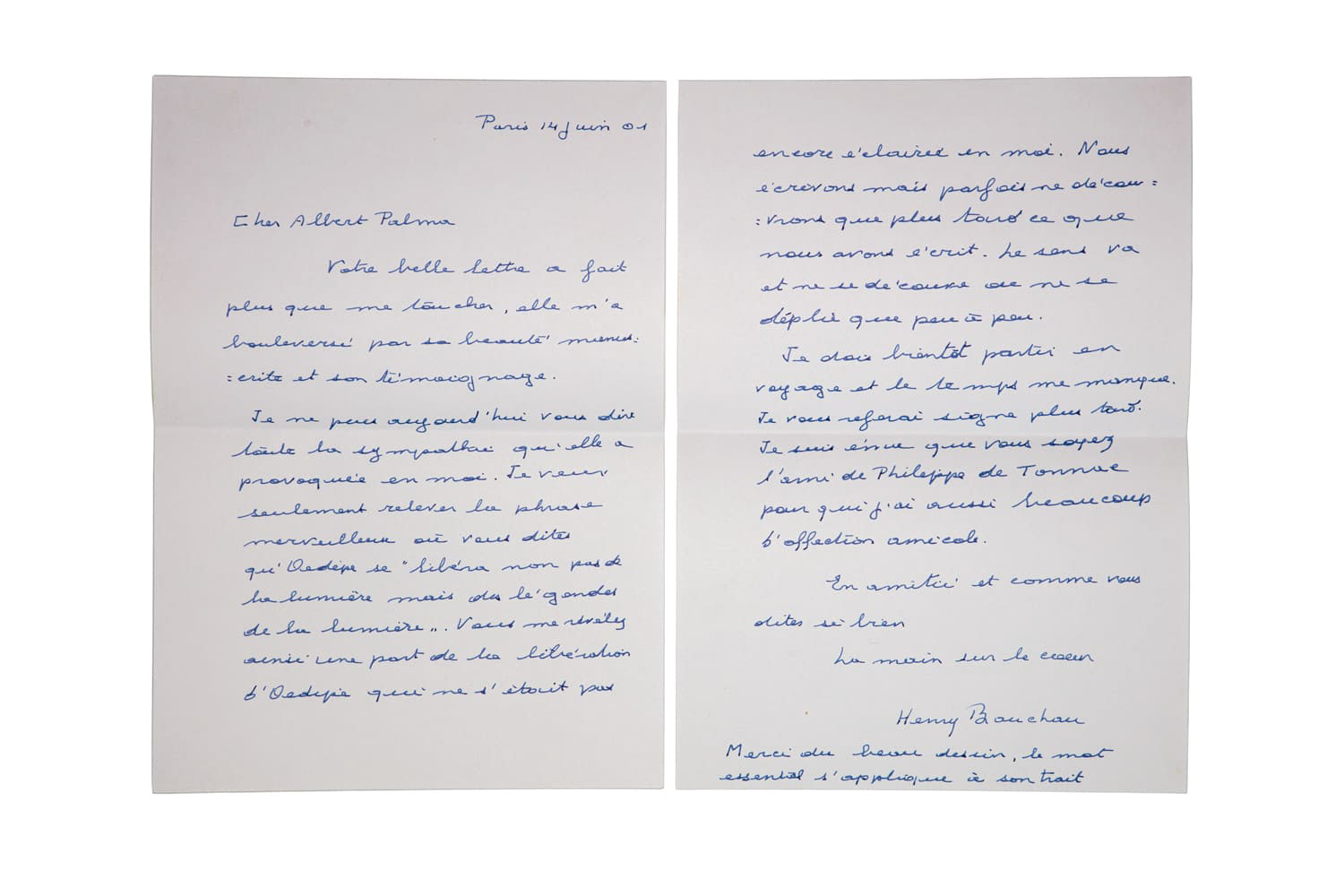
Initial letter from Henry Bauchau
i16, Eiffel wing
Atelier du Livre d'art & de l'Estampe
104, avenue du Président-Kennedy
75016 Paris, France
atelier-du-livre-art-imprimerienationale.fr
atelierdulivre.in@imprimerienationale.fr
Le Cantique des oiseaux, by Farïd Od-Dïn 'Attâr, seven 12th century poems in Persian and French (translation by Leili Anvar) composed in Dabi (a typeface specially created for this book after Avicenna's Arabic) and in Luce, accompanied by seven compositions by Sylvie Abélanet, engraved in intaglio and printed by the Art Book workshop. With quotations from François Cheng and Saint Francis of Assisi. For this work, published and produced in its entirety by the Art Book Workshop of the Imprimerie Nationale in 2019, the artist received the Prix Jean Lurçat awarded by the Académie des Beaux-Arts and the Institut de France.
Concert-show Saturday September 23rd at 3pm
Salon Eiffel, 1st Floor
I had only one calling: music!"
theatreenfusion.com
Since 1997, Bernard has added to his book dealer activities at the Quai Voltaire, that of talented painter ! With a great sense of colour, he carries us away with passion to the Parisian banks of the Seine with their thousand and one boxes of books, into his half-fauve, half-expressionist universe! A whirlwind of life and happiness, inviting you to discover this passionate profession, made of sharing and freedom!
President, Association culturelle des bouquinistes de Paris
les bouquinistes des quais de Paris
les bouquinistes des quais de Paris 2
